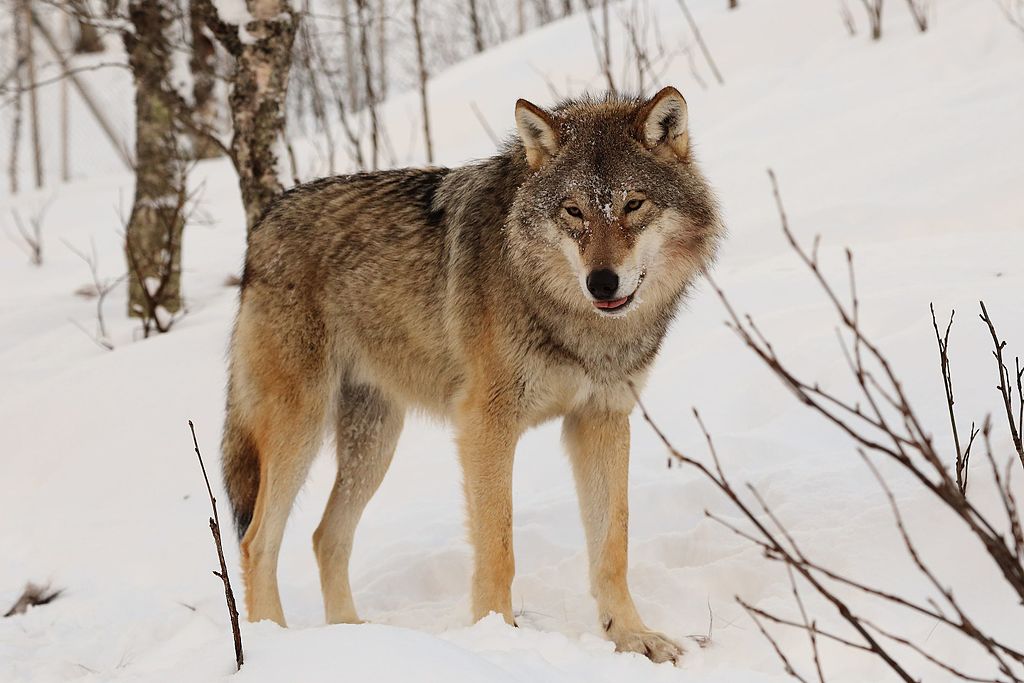- A loophole in the European law allows thousands of Romania’s wild animals to be hunted for sport every year.
- But following protests by environmental groups, the Ministry of Environment announced that it had cancelled an order that would have allowed trophy hunting of about 1,700 wild animals this year.
- Conflict animals can still be hunted, but only the ministry-approved Wildlife Emergency Service – SUAS, a newly created state agency, would be allowed to shoot the animals if necessary.
On Tuesday, Romania’s government banned trophy hunting of brown bears, wolves, lynx and wildcats.
Following protests by environmental groups, the Ministry of Environment announced that it had cancelled an order that would have allowed trophy hunting of about 1,700 wild animals this year. This decision could give populations of large carnivores a chance to recover, the Guardian reported.
All large carnivores are strictly protected in the European Union. But a loophole in the European law allows thousands of Romania’s wild animals — which are often blamed for damaging crops, property or human life — to be hunted for sport every year. Consequently, hunting in Romania has grown into a multimillion-euro industry that has “harvested” about 2,374 bears, 1,586 wolves and 898 wild cats between 2007 and 2015. Hunters pay up to 10,000 euro (~$11,000) to claim their prize.

In September 2016, the country’s Ministry of Environment published a draft order for public debate, proposing the shooting of 552 bears, 657 wolves and 482 wild cats over a 12-month period in the largest-ever hunting quota. The order has now been suspended, local media reported.
Despite the ban, conflict animals that damage property or endanger human lives in other ways can still be hunted. But only the ministry-approved Wildlife Emergency Service – SUAS, a newly created state agency, would be allowed to shoot the animals if necessary, the ministry announced.
The ministry has also decided to establish a working group of experts, which will include wildlife experts, civil society representatives, hunters and farmers, and the Romanian Academy, to help find the best ways to estimate large carnivore populations in Romania and offer suggestions to manage the animals, Environment minister Cristina Pasca Palmer announced on her Facebook page.
“The Carpathian mountains are home to more biodiversity than anywhere else in Europe, but for too long they have been ruthlessly exploited for forestry and hunting. Let’s hope the government’s decision is a sign of things to come,” Gabriel Paun, a Romanian conservationist told the Guardian.

